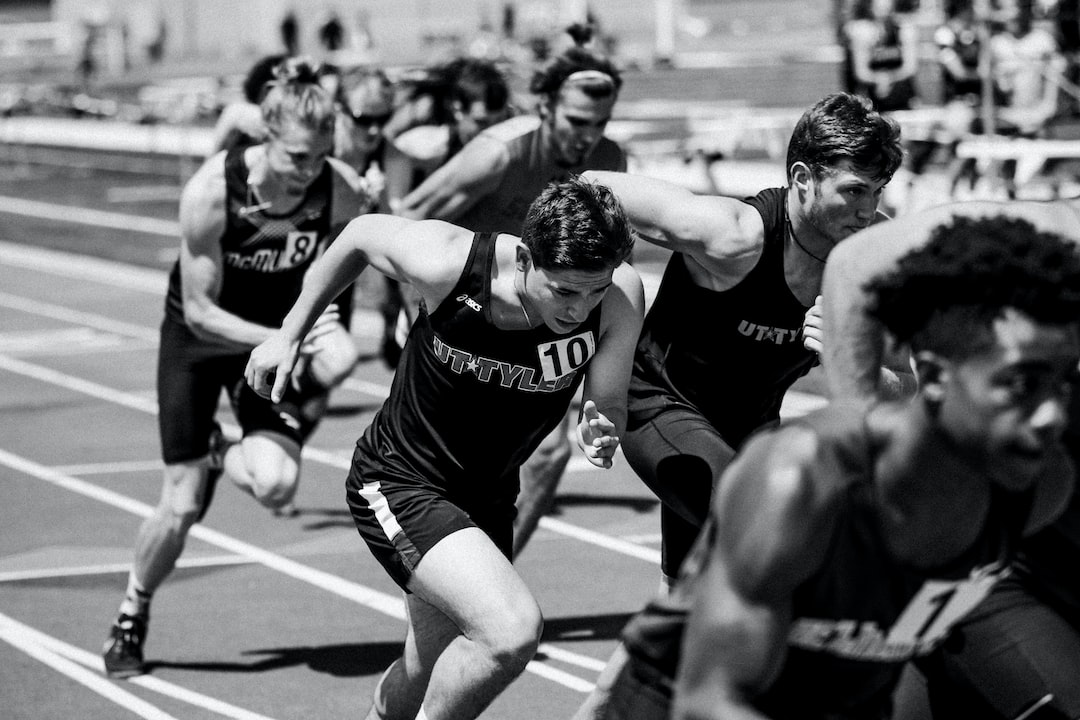The Evolution of Female Athletes in Traditionally Male-Dominated Sports
In recent years, we have witnessed a significant shift in the world of sports. Female athletes are breaking barriers and pushing boundaries in traditionally male-dominated sports, revolutionizing the way we perceive women in athletics. The evolution of female athletes in these fields is a testament to their skill, determination, and the progress society has made towards gender equality in sports.
Historically, female athletes faced numerous obstacles when pursuing sports that were traditionally male-dominated. One of the primary challenges was the lack of opportunities and resources available to them. In the past, women’s sports received significantly less funding, media coverage, and support when compared to men’s sports. This created a narrative that female athletes were less skilled and less capable of performing at the same level as their male counterparts. As a result, women were often discouraged from pursuing sports that were typically associated with men.
However, this narrative has gradually been dismantled as more and more female athletes have proven their worth in traditionally male-dominated sports. Serena Williams and Marta Vieira da Silva are two examples of remarkable athletes who have shattered records in tennis and soccer, respectively. Their achievements have not only inspired future generations of female athletes, but they have also forced society to question and challenge preconceived notions of gender roles in sports.
Additionally, advancements in sports science and training methods have contributed to the evolution of female athletes in traditionally male-dominated sports. In the past, women were often excluded from rigorous training programs and specialized equipment that were believed to be tailored exclusively for male athletes. As a result, the physical capabilities of female athletes were often underestimated, limiting their potential to excel in their respective sports.
However, with increased access to scientific research and advancements in training techniques, female athletes have been able to prove that their physical capabilities are on par with their male counterparts. They have shown immense strength, speed, agility, and endurance, debunking the myth that women are inherently weaker in sports. This shift in perception has led to an increase in opportunities for female athletes in traditionally male-dominated sports, as sports organizations and sponsors recognize the value of their talent and potential.
Furthermore, the portrayal of female athletes in the media has significantly contributed to their evolution. In the past, female athletes were objectified and often portrayed solely for their physical appearance rather than their athletic abilities. This reinforced the notion that women’s sports were mainly for entertainment purposes, rather than being recognized as serious athletic competitions. However, in recent years, there has been a shift in media representation, with more focus on highlighting the achievements and skills of female athletes. This change in narrative has played a crucial role in challenging societal perceptions and encouraging young girls to pursue sports, regardless of gender norms.
While progress has undoubtedly been made, there is still work to be done in achieving true gender equality in sports. Despite the increased recognition and support for female athletes, they still face disparities in terms of pay, media coverage, and sponsorship opportunities when compared to their male counterparts. These challenges, however, have ignited a global conversation about gender equality and have prompted sports organizations and governing bodies to implement policies that promote equal opportunities for both male and female athletes.
The evolution of female athletes in traditionally male-dominated sports is a remarkable journey towards breaking stereotypes and shattering glass ceilings. Through their determination, perseverance, and skill, female athletes have paved the way for future generations, instilling a belief in young girls that they can achieve greatness in any sport they choose to pursue. As society continues to progress, it is essential that we continue to advocate for equal opportunities in sports, recognizing and celebrating the achievements of all athletes, regardless of their gender.
